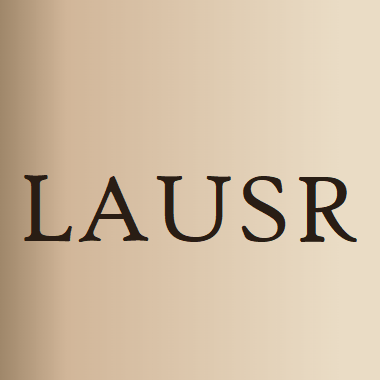
Spectral unmixing is very important in hyperspectral image analysis and processing, which aims at identifying the constituent spectra (i.e., endmembers) and estimating their fractional abundances from the mixed pixels. In… Click to show full abstract
Spectral unmixing is very important in hyperspectral image analysis and processing, which aims at identifying the constituent spectra (i.e., endmembers) and estimating their fractional abundances from the mixed pixels. In recent years, sparse unmixing has received considerable interest. However, the acquired hyperspectral images are generally degraded by the noise, making sparse unmixing not faithful enough. To address this issue, this paper proposes a novel framework to couple sparse hyperspectral unmixing and abundance estimation error reduction together. Specifically, with the definition of abundance estimation error, a centralized constraint is incorporated into the collaborative sparse unmixing framework by exploiting the nonlocal redundancy of abundance map. This way we suppress the abundance estimation error, and improve the unmixing accuracy. Meanwhile, the alternating direction method of multipliers is introduced to solve the underlying constrained model. Experimental results on both synthetic and real hyperspectral data demonstrate the effectiveness of our proposed algorithm.
Journal Title: IEEE Journal of Selected Topics in Applied Earth Observations and Remote Sensing
Year Published: 2017
Link to full text (if available)
Share on Social Media: Sign Up to like & get
recommendations!